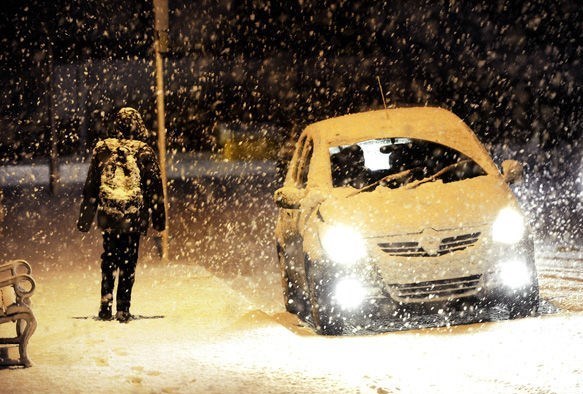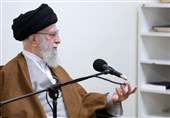Deep Freeze to Grip Europe in January after Mild Start to Winter
TEHRAN (Tasnim) – Europe’s mild and stormy start of winter will give way to freezing conditions through most of January, testing energy infrastructure as heating demand spikes.
Temperatures are expected to sink below seasonal norms from the UK to France and Germany, the region’s biggest energy markets, according to meteorologists surveyed by Bloomberg.
London may see overnight readings drop below zero by Jan 8, while a low of -7 deg C is forecast for Berlin, according to Maxar Technologies.
Crisp, dry days will bring other challenges after a string of storms in December boosted wind-power generation to record-highs in Germany and the UK, helping to keep natural gas prices in check.
The change to icy, but more settled, weather could stress the region’s energy systems, although high gas storage levels and sluggish industrial demand means Europe is better prepared than a year ago.
“Colder conditions will soon invest Europe more widely, with temperatures steadily dropping later this week into next week,” said Andrew Pedrini, a meteorologist at Atmospheric G2.
Further north, the icy conditions that have already brought the lowest January temperatures in 25 years to northern Sweden are set to spread south.
Residents of Stockholm, who waded through deep snow to get to work this week, are bracing themselves for a low of -14 deg C on Jan 7.
In some areas, train and bus operators have stopped services because they cannot risk people getting stranded in the severe cold.
The Swedish military was called in to help free motorists as more than 1,000 cars were stuck in heavy snow on Jan 3.
Following a prolonged period of freezing temperatures, Finland’s transmission system operator has asked consumers to schedule their electricity use away from peak morning and evening hours.
While temperatures across the Nordics are poised to return to near normal early next week, that respite will last only a few days before colder weather returns, according to a report by utility Bixia AB.
The cold snap is draining water reservoirs and a 6 TWh deficit in the region’s hydro balance is seen doubling to 12 TWh in two weeks, according to Wattsight data compiled by Bloomberg.
In central Europe, temperatures are expected to “moderate” in late January, while in February, milder-than-normal weather could spread to parts of the region including the south-east, according to Matthew Dross from Maxar.
Cold spells will remain a risk, with national forecaster Meteo-France expecting temperatures to stay 20 per cent colder and drier on average than the seasonal norm through March.
However, the legacy of what may have been the hottest ever year in 2023 – with records tumbling through the Northern Hemisphere summer, followed by an unseasonably warm autumn – will counter January’s cold blast.
“It is simply a much warmer world now than it was even last year,” Atmospheric G2’s Pedrini said. “While we do expect below normal temperatures across northern Europe in spells, the magnitude of the cold will be considerably tempered by the warmer background state of the atmosphere and oceans.”






